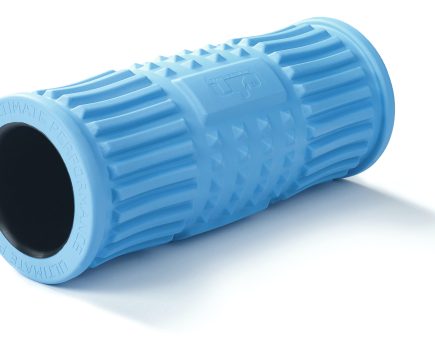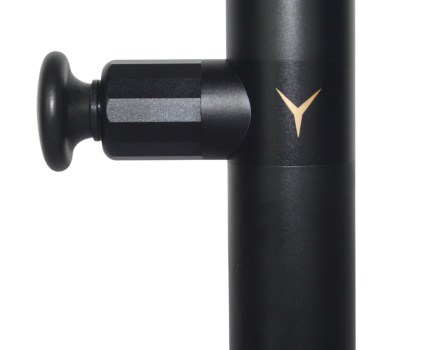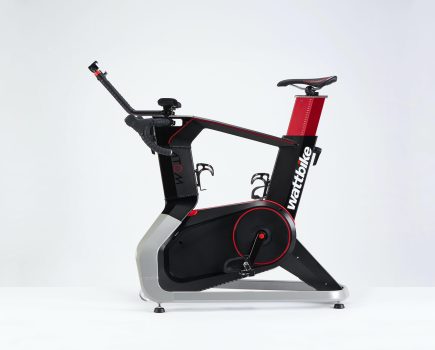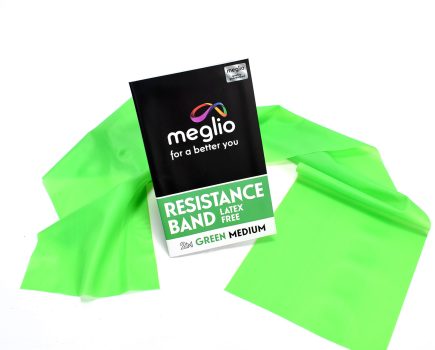If you want to bounce back quicker from your workouts, swap a sweat session for an active recovery day, says Emma Lewis
Sprawling on the sofa with your feet up after a tough session has its merits, that’s for sure. But smart exercisers arebalso fitting active recovery into their schedule (that’s a short, low-intensity workout that aims to increase blood flow, metabolism and joint movement to keep you feeling fresher in body and mind).
Moving around increases blood flow, which helps clear exercise waste products such as lactic acid, and reduce DOMS (delayed onset muscle soreness). It also stimulates muscle repair and growth. Come to an abrupt halt after exercising then sit at your desk the next day, and you’re likely to experience more pain and a slower recovery. ‘Think of your body like a car,’ says Katie Anderson, head of training at immersive low-impact training studio, Fly Ldn. ‘If you run it around without ever cleaning it, servicing it or checking the tyres, it won’t perform very well after a while.’
Regularly swapping one of your usual workout or rest days for an active recovery day will also help to keep your muscles flexible and maintain your exercise routine, while giving you a break from your usual training, adds Cristina Chan, personal trainer and face of F45 Recovery
‘And as you get older, you recover more slowly from workouts, so active recovery becomes even more important. If you’re less tired for your next workout, your form and technique will also be better, which should help you to avoid injury too,’ she adds.
HOW TO HAVE A REST DAY
For most people, one active recovery session a week should suffice. ‘I’d suggest taking active recovery days around once a week as a general rule, depending on how you feel and how much exercise you’ve been doing,’ says Chan. Popular activities include mobility exercises, or gentle exercise such as yoga, jogging, swimming or cycling at a low intensity during which you can talk and breathe normally.
Alex Parren, personal trainer, nutritionist, running coach and fitness expert for Meglio recommends using a skipping rope and resistance bands for active recovery workouts. ‘Skipping is an easy and practical way to elevate your heart rate without over-exerting the body, while resistance bands work the muscles without overloading them with excess weight,’ she says.
Anything involving stretching will lengthen out shortened muscles and help with flexibility while still increasing blood flow to the area. ‘If you’ve weight trained, for example, your muscles will feel tight through repetitive overload and stress. We want to return them to their natural length so that the next time we use them, they can work at full potential,’ says Anderson. ‘I recommend you try some mobility, stretching and self-myofascial release with a foam roller or massage ball. Self-myofascial release is like giving yourself a deep-tissue massage. This sends signals to the brain to boost blood flow to the area, carrying oxygen and nutrients.’ Indeed, results of a 2019 study published in the journal Frontiers in Physiology found self-myofascial release with a foam roller could help reduce DOMS after high-intensity interval training (HIIT)
TRY OUT A REST DAY
Dr David Nichols, Wattbike training consultant and cycling programme manager at Loughborough University, gives us his top tips for the perfect active-recovery session
- Do it before or after hard exercise. You’ll then be fresh enough to complete tough training the following day, or promote rest and recovery after a hard session.
- Choose an activity such as a walk, light cycle, yoga or a mobility routine.
- Keep it short: 15-45 minutes.
- It should be of a low intensity (around one to three on a scale of one to 10, or approximately 40-55 per cent of your maximum heart rate).
Active recovery isn’t just used for sessions on separate days to your usual workouts; its principles can come into play in the middle or at the end of workouts, too.
‘Studies show that light aerobic activity done between sets of lifting weights can improve workout performance,’ says Parren. ‘If you do simple aerobic exercises like jumping jacks, skipping or shadow boxing between sets, you keep up the blood flow to your muscles, helping produce a greater force in the next set. Keep the active recovery time the same as your usual passive recovery time would be.’
The rest periods in interval training work as active recovery in the same way, says Nadia Abreu, fitness expert for Maximuscle. ‘When I’m doing interval training where I have to stay above 80 -90 per cent of maximum effort, I might use the rower or an erg bike, or walk at a very slow pace while I’m “resting” to keep the blood flow in the muscles, reducing lactic acid and getting me ready for the next set.’
And don’t just jump off the running machine or lay down the weights after your last rep and head straight for the shower. ‘Ensuring you cool down after your workout boosts your blood circulation, which speeds up recovery,’ says Chan.
A 2017 study published in the Open Access Journal of Sports Medicine backs up this theory. It found that 10 minutes of active recovery at 50-60 per cent of maximum effort was beneficial for lactic acid removal post exercise session. So slow the pace or intensity gradually at the end of your session and your body will thank you for it.
RELAX ON YOUR REST DAY
No one’s suggesting you ditch having a complete rest day, however. ‘When you’ve completed multiple hard sessions in a row, or you’re experiencing excessive fatigue, poor sleep or other fatigue-related symptoms, a complete day of passive recovery might be best,’ says Nichols. Chan agrees. ‘Listen to your body. If you feel injured, in pain or more tired than usual (mentally or physically), take a day off from exercise,’ she says.
And don’t forget to get enough sleep. ‘I aim to sleep 10 hours per night,’ says Sarah Davies, Team GB Olympic weightlifter and coach, plus MyoPro ambassador, who likes to do foam rolling and stretching straight after her workouts, and also uses a massage gun. She acknowledges the need to switch off sometimes, too: ‘A huge part of recovery is having down time away from work, training and my phone.’
‘I never miss my weekly passive recovery day,’ says Abreu. ‘It gives me time to fully “heal” my body and clear my mind so I can keep functioning at such a high intensity.’
PICK OF PRODUCTS
Here are some products that will help to boost your recovery…

UP Massage Therapy Roller, £29.99
Using rollers or massage balls can help promote blood flow to muscles to help reduce DOMS and release the fascia to help the muscles return to their pre-exercise length.

MyoMaster MyoLite, £199
Designed by elite athletes and leading physiotherapists, this compact massage tool can help you target tired or tense muscles to speed up recovery.

Next Generation Wattbike Atom, £1,899 (available from £90 a month)
Let your legs spin on a low resistance to get the blood flowing for a great recovery session. Can’t get out on your bike? Jump on a static bike at home.

Meglio 2m Medium Resistance Band, £5.99
Use a band to help you reach deeper stretches, or do gentle exercises that mimic the weight-training movements you’ve been doing, to help increase blood flow.







